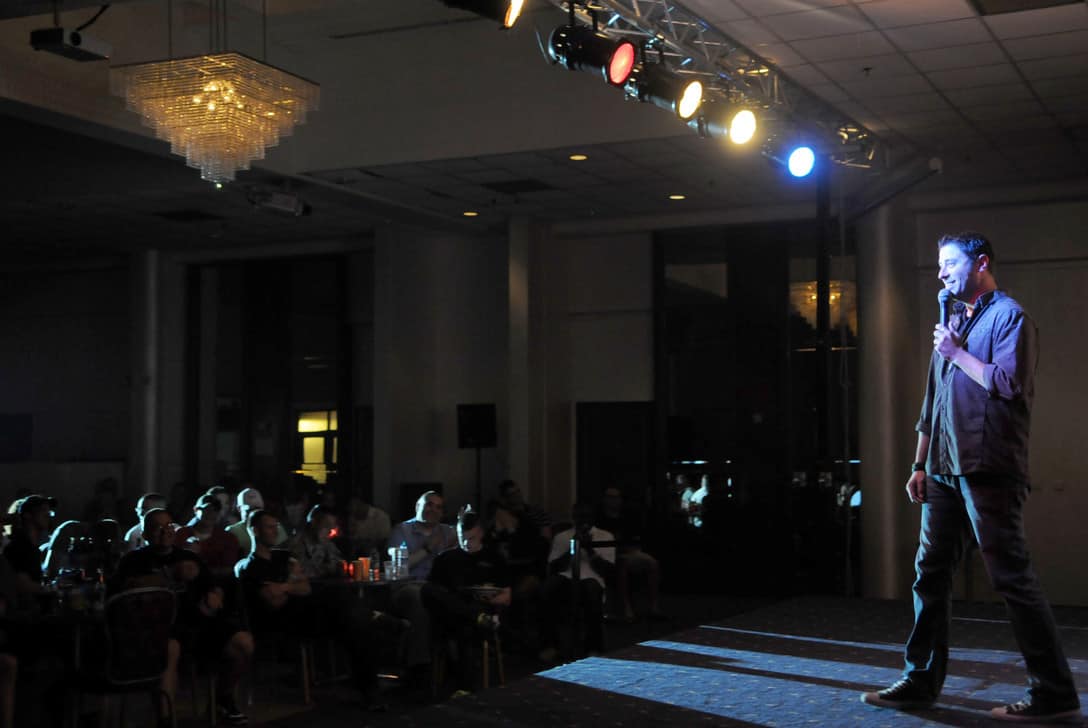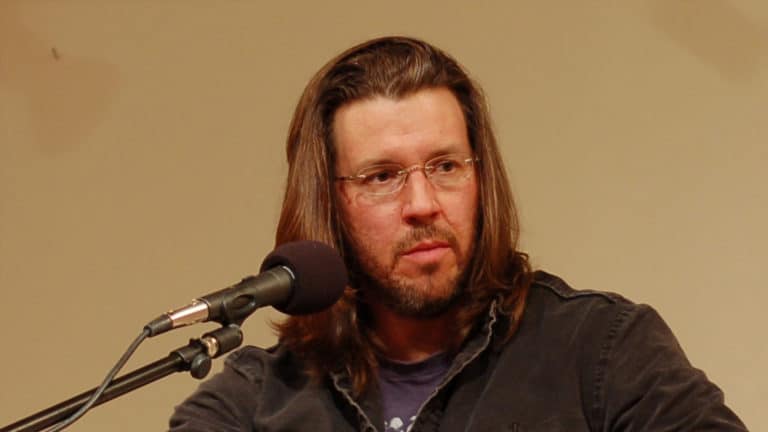If you have an idea for a short story or a novel and want to get started, write a scene that feels urgent, important, and essential. Don’t feel you must write a “beginning,” unless that beginning has an immediacy that tugs at you. The scene you write might take place in the past, the future, or the present time of your story; it might turn out to be the beginning or in the middle or at the end. After writing that first compelling moment, write another that feels just as important and essential and then another and another. I call this “writing to the tension.
As a writing teacher and an editor, I often find the first paragraph, first page, or first chapter of a manuscript sags with self-consciousness and lack of tension. No one said starting anything was easy or natural. But if you listen to your own emotion, if a scene, conversation, memory, or a face you passed on the street is what made you want to start your fictional journey, let that feeling guide you. Write scene after scene that pulls you in and pulls you along—even if they are not chronological—because the reader will feel the tension you feel. It’s not as though you won’t have to force yourself to write certain scenes, but when you are launching into the world you are creating, I urge you to write the scenes you want to write first, not to worry initially about the scenes you think you should write.
When I wrote the first hundred pages of The Tutor, I wrote to the tension. Then I felt obligated to write scenes that I thought connected what I’d written, either because I didn’t think I could jump ahead in time, or because I believed certain events needed a context. After I finished a draft of my novel and began revising, I cut almost every one of those filler scenes out. They weren’t necessary: they slowed the pace and bogged down the narrative. Recently, a friend of mine who is writing a rich historical novel with multiple points-of-view was concerned, after finishing the first section, that she hadn’t included scenes depicting other historical events from that time. “Write the scenes that you can’t stop thinking about, the ones that fill your head in a subway ride or doctor’s waiting room,” I said, “and the historical events you’ve left out will either turn up somewhere in the rest of the novel or maybe they’re not necessary to the story you are telling.”
“Whenever the tension goes out of your performance,” cautions an actress friend of mine, “you know you’ll lose your audience. I think of it as a chord that must remain taut from the first line I utter to the last.”
Fiction writing is no different. John Gardner, in The Art of Fiction, talks about the “fictional dream” and how a novel should create a dream state for the reader, and that the writing—language, plot, voice—must never wake the reader from that dream or push the reader from the narrative flow. That’s the taut chord my actress friend describes. I’m always impressed with people who can tell long jokes and keep everyone waiting for the punch line. My husband is one of these joke tellers—I am not. Every sentence of his jokes—what he says, how he says it and when he says it, the timing—is crucial to the joke teller’s success. There’s that fictional dream, that chord, that friction.
Writers should apply the same quest for tension when getting to know their characters. I write historical fiction—some of my characters are based on real-life people, while others are invented. But the process of developing who they are is very similar for both the fact-based and the fictional characters. When I began The Tutor,I did a minimal amount of research because I didn’t want the history, the facts, to get in the way of the story. I had edited several historical novels where the authors had read hundreds of nonfiction books on their subjects, and the wealth of historical facts often made these novels read more like documentaries than pieces of fiction. As I continued working on my novel, I did a tremendous amount of research, but at the start I was interested in the dynamics between my main characters, how they reacted to each other—so I hurled them into situations where their dialogue and their actions began to convey their personalities, their likes and dislikes, their anxieties and obsessions. I wrote the first fifty pages this way, so that I got to know my characters before I started soaking them with the actual history of the times. For all my characters—whether they live in the Elizabethan era or in 509 BC, which is when the novel I’m currently writing takes place—I bring traits of people I know, including myself. But sometimes, and this is the alchemy of the art, I don’t even realize who I’ve brought in, what ghosts from my past I’ve conjured in creating these characters, until I’ve finished writing.
I’m very interested right now in short historical novels—they are paragons of writing to the tension. The Blue Flower by Penelope Fitzgerald is set in Germany and spans from 1790 to 1797, and her novel The Beginning of Spring unfolds within one month in 1913 Russia—both of these books are around 200 pages. William Trevor’sFools of Fortune, a novel that is slightly over 200 pages, traverses Ireland and England from 1918 to 1983—that’s seventy-five years and three generations of a family in a lot fewer pages than, well, last year’s much-hyped City on Fire, a novel that takes place in the 1970s and is 927 pages long. Fitzgerald and Trevor’s slender novels don’t feel slight, but word for word, line for line, they push at us while we read them, make us feel anxious for the characters and the outcome of their lives.





















